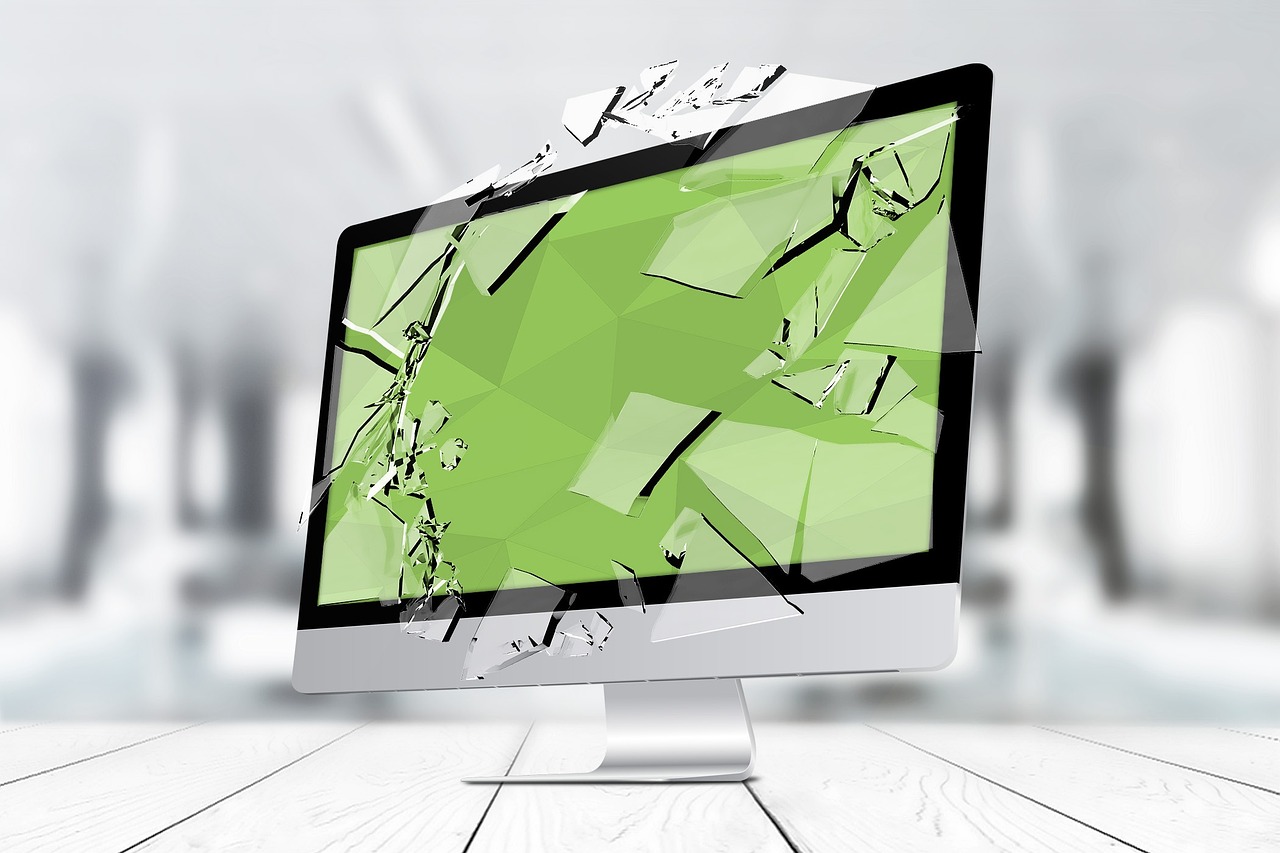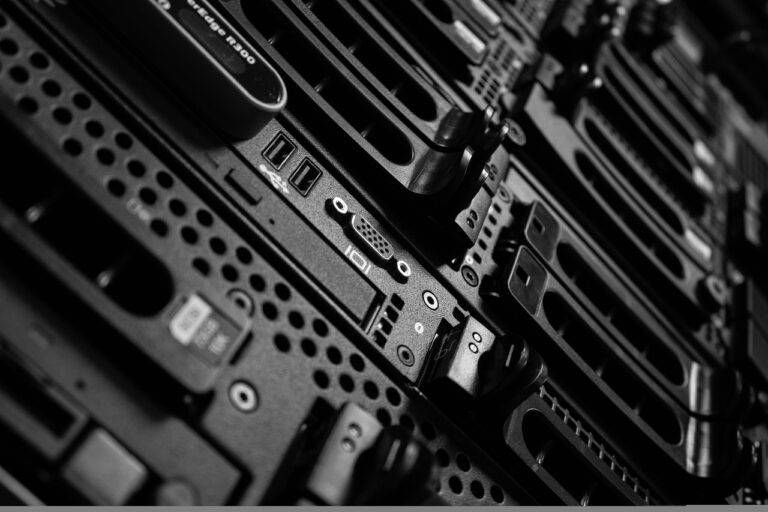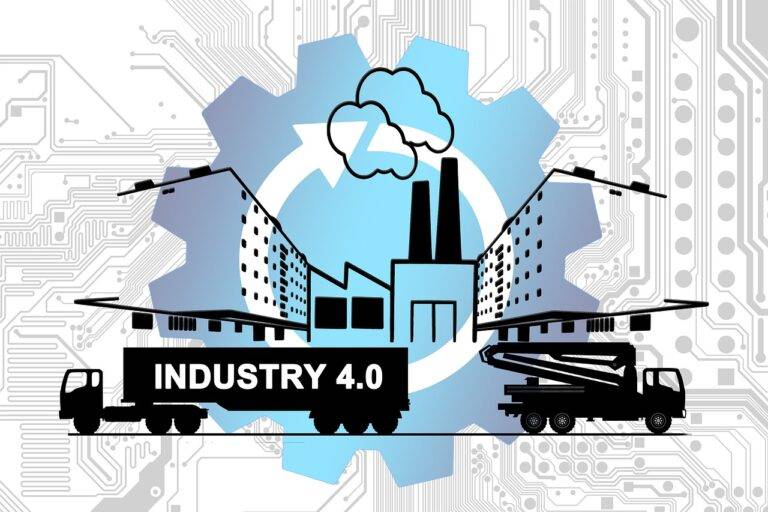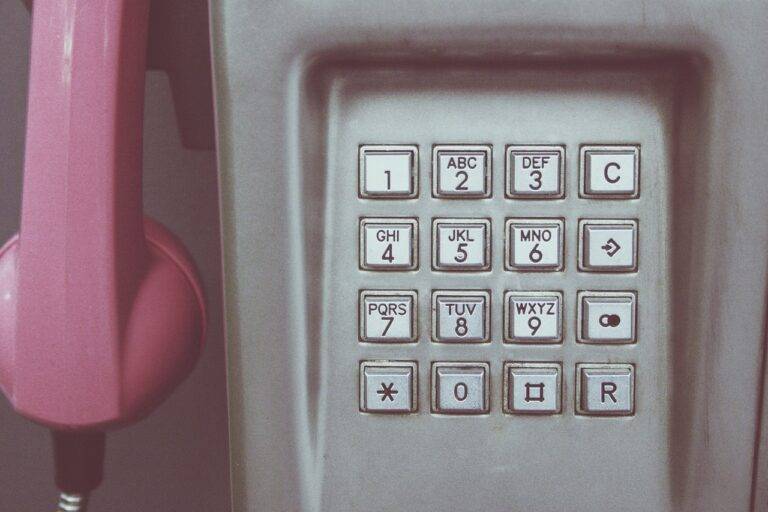The Future of Blockchain in Digital Asset Management
Traditional asset management systems face numerous challenges in today’s rapidly evolving financial landscape. One major obstacle is the lack of transparency and efficiency in tracking and transferring assets. The cumbersome and time-consuming processes involved often result in delays and errors, impacting the overall effectiveness of asset management strategies.
Moreover, the reliance on intermediaries and centralized authorities not only increases the costs associated with asset management but also exposes the system to potential security risks. The dependence on manual record-keeping and third-party verification leaves assets vulnerable to fraud and manipulation, posing significant concerns for investors and asset managers alike.
Advantages of Incorporating Blockchain Technology
Blockchain technology offers increased transparency and security in asset management systems. By utilizing a decentralized and immutable ledger, transaction histories are securely recorded, reducing the risk of fraud and manipulation. This enhanced transparency instills trust among stakeholders, fostering a more efficient and reliable asset management process.
Moreover, the automation and smart contract functionalities of blockchain technology streamline asset management processes. Smart contracts facilitate self-executing agreements based on predefined conditions, eliminating the need for intermediaries and reducing transaction costs. This automation not only enhances operational efficiency but also ensures greater accuracy and timeliness in managing assets.
What are some challenges in traditional asset management systems?
Some challenges in traditional asset management systems include lack of transparency, inefficiencies in processes, high costs, and susceptibility to fraud.
How can blockchain technology address these challenges?
Blockchain technology can address these challenges by providing a transparent and immutable ledger of transactions, streamlining processes through automation, reducing costs by eliminating intermediaries, and enhancing security through cryptography.
What are some advantages of incorporating blockchain technology in asset management?
Some advantages of incorporating blockchain technology in asset management include increased transparency, improved efficiency, reduced costs, enhanced security, and greater accessibility to a wider range of assets.
How does blockchain technology ensure transparency in asset management?
Blockchain technology ensures transparency in asset management by recording all transactions on a decentralized ledger that is accessible to all participants, making it difficult to alter or manipulate records.
Can blockchain technology be applied to different types of assets?
Yes, blockchain technology can be applied to a wide range of assets, including cryptocurrencies, real estate, securities, commodities, and even intellectual property rights.
What are some potential risks of incorporating blockchain technology in asset management?
Some potential risks of incorporating blockchain technology in asset management include regulatory challenges, scalability issues, cybersecurity threats, and the possibility of technical glitches or vulnerabilities in the blockchain network.





